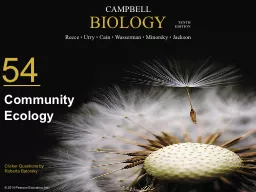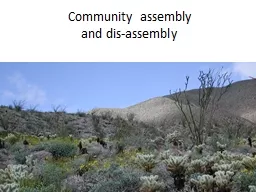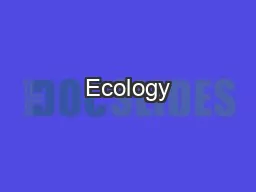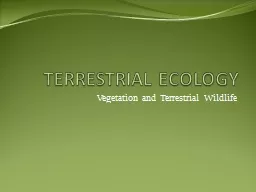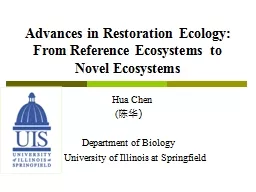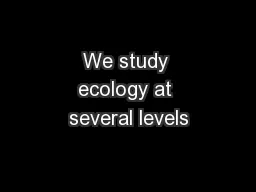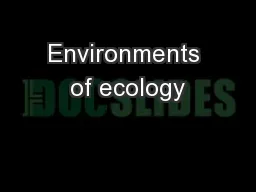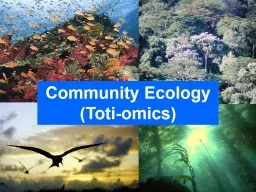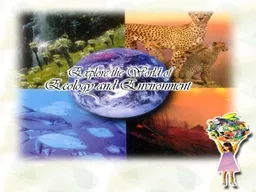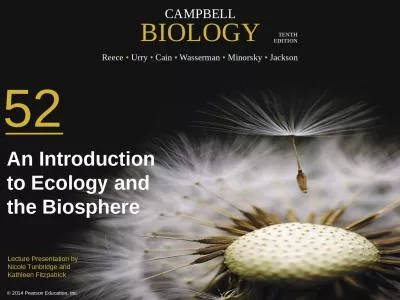PPT-0 Community Ecology Two-species interactions are classified by the impact each species
Author : maniakti | Published Date : 2020-09-28
avoiding direct competition encouraging mutualistic interactions enabling prey to hide from predators creating new resources allowing abiotic factors such as climate
Presentation Embed Code
Download Presentation
Download Presentation The PPT/PDF document "0 Community Ecology Two-species interact..." is the property of its rightful owner. Permission is granted to download and print the materials on this website for personal, non-commercial use only, and to display it on your personal computer provided you do not modify the materials and that you retain all copyright notices contained in the materials. By downloading content from our website, you accept the terms of this agreement.
0 Community Ecology Two-species interactions are classified by the impact each species: Transcript
Download Rules Of Document
"0 Community Ecology Two-species interactions are classified by the impact each species"The content belongs to its owner. You may download and print it for personal use, without modification, and keep all copyright notices. By downloading, you agree to these terms.
Related Documents

